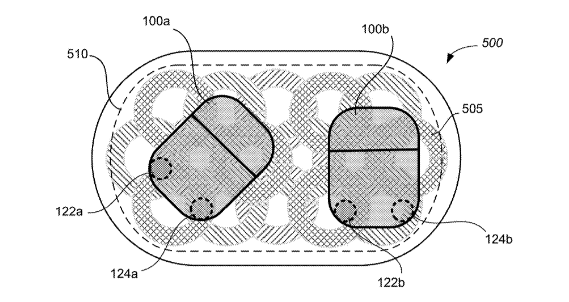The Science Museum in London is a great place to spend an afternoon (or a full day), exploring and learning about human ingenuity, and looking back at some of the best scientific discoveries and inventions. But, there’s a new kid on the block, the Museum of Failure. Which is exactly what it says on the tin.
The Museum of Failure is a collection of failed products and services from around the world, and includes more than 150 products, from some of the world’s biggest brands! With its next exhibition opening in March, in Brooklyn, NY. Notable “failures” in the exhibition include the Nokia N-Gage, which was a combination of a mobile phone and gaming device, launched in 2004, it was on the market for 36 months’; the DeLorean car with gull-wing doors; and fat-free Pringles.
The Museum of Failure also includes a number of products by Apple, who have had their fair share of “failed” products over the years. However, one product, which was marketed but didn’t even make it to release and so is not in the Museum, is the AirPower charging device.
The AirPower charging device was shown at a launch event in 2017, and was described as a wireless charging pad for simultaneously charging iPhones and AirPods. The product was never released, and in March 2019 Apple cancelled the AirPower product. (source: https://techcrunch.com/2019/03/29/apple-cancels-airpower-product-citing-inability-to-meet-its-high-standards-for-hardware/).
However, from an intellectual property perspective, it’s interesting to see that Apple have continued to pursue patents and design registrations for the AirPower charging mat and corresponding devices.
In 2018, Apple filed a number of design registrations for the AirPower charging device, in various countries and regions, including the US, the EU, Brazil, China, Japan, and India, to name a few.

Figure 6 from US10206474

Illustration from UK design registration 90046910610001
The AirCharger has never been launched, yet the intellectual property protection for this product, in particular for registered designs has still been pursued. As recently as December 2022, Apple paid renewal fees for the AirCharger design registrations, at least in the UK and EU, so that registered design protection for it will last until February 2028.
There may be a number of reasons why Apple have chosen to do this. It could be because they have the intention to re-launch the product or a similar product at a later date; they want to stop competitors from slavishly copying a design that they have spent time and money developing; or possibly to allow others to develop the technology and grant licences for similar designs.
Ultimately, although the AirCharger for Apple has not been as successful as many of their other products, it is clear that even in “failed” designs and inventions the intellectual property protection can remain valuable. Further, because renewal fees for designs in the UK and EU are paid for in five year terms, Apple now have another five years to determine how they may wish to leverage this protection.
Even if the initial product “fails”, there is value in the intellectual property. Allowing the owner of the intellectual property rights to proceed with further developments, and/or keep competitors locked out.
The Museum of Failure, certainly isn’t all doom and gloom. The products in it may not have been roaring successes, but it is a reminder that innovation and failure often go hand-in-hand, and that intellectual property protection can remain valuable even for “failed” products.

/Passle/6130aaa9400fb30e400b709a/SearchServiceImages/2025-03-03-11-00-55-384-67c58be773368cb7bf072e40.jpg)
/Passle/6130aaa9400fb30e400b709a/MediaLibrary/Images/2025-03-02-16-01-59-158-67c480f78105dce6bea674ea.jpg)
/Passle/6130aaa9400fb30e400b709a/SearchServiceImages/2025-02-28-12-00-18-099-67c1a552f73828e4fc4b1bd7.jpg)